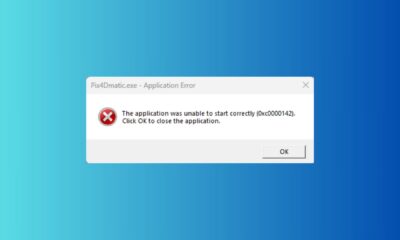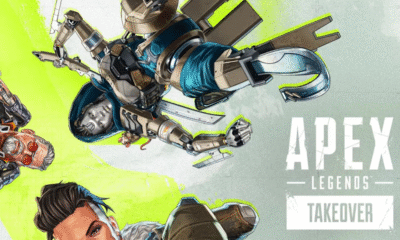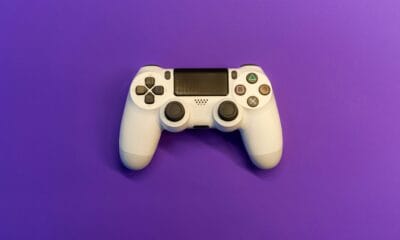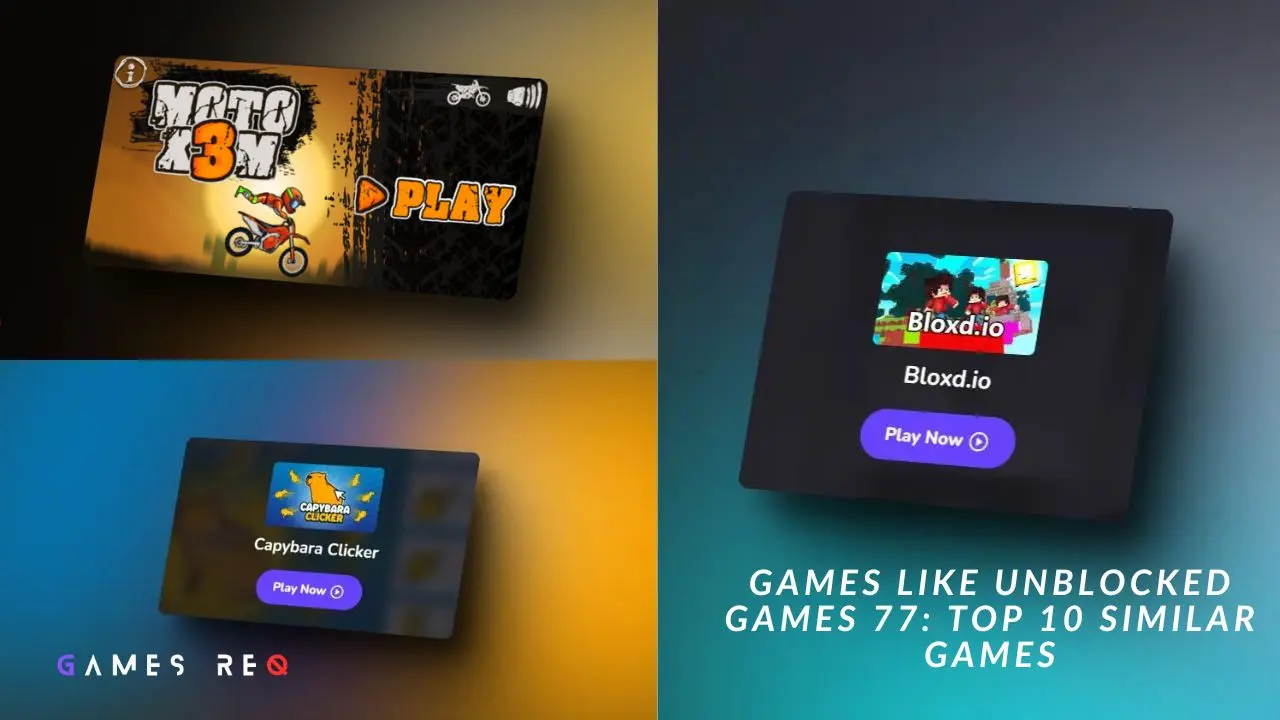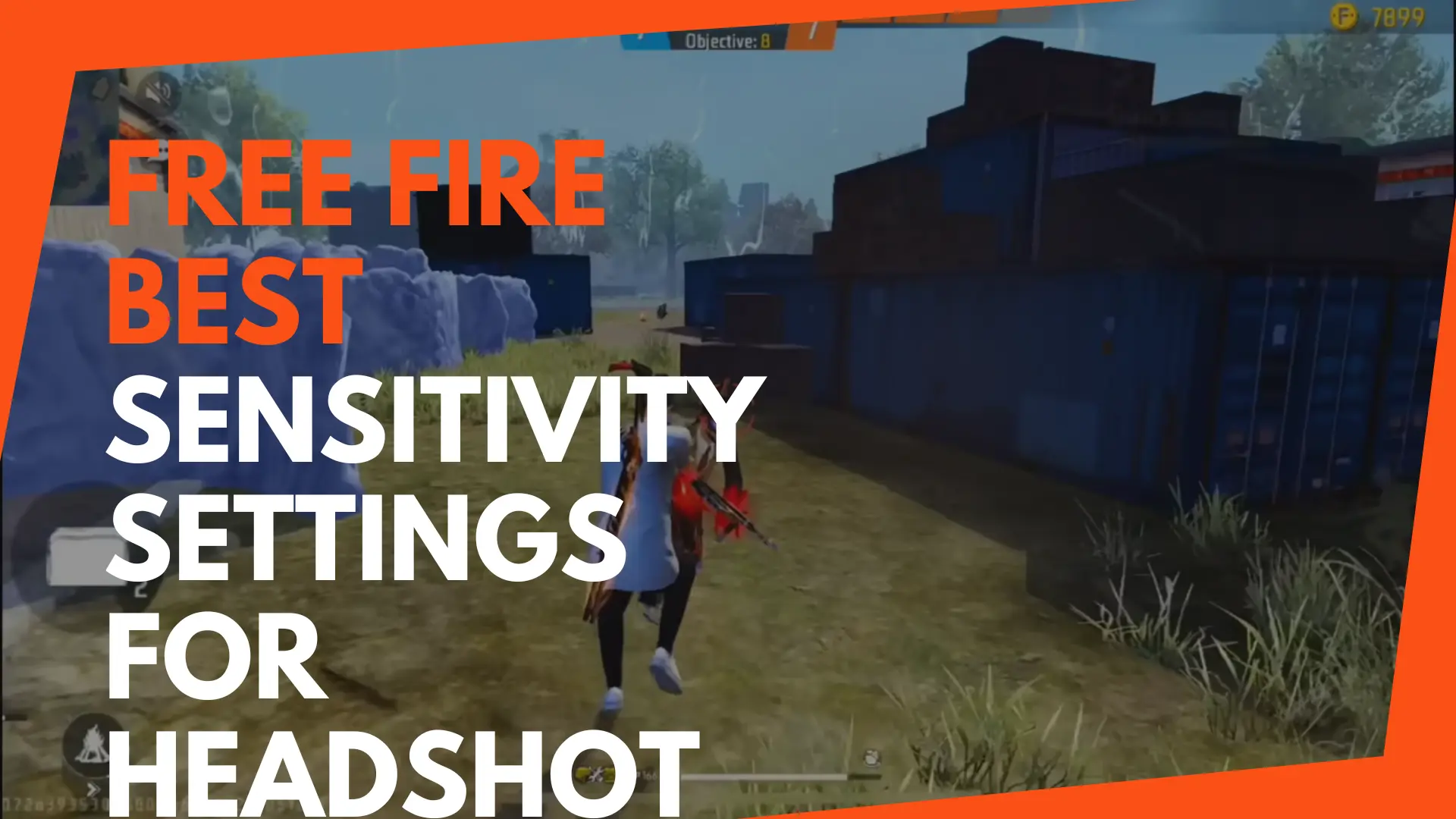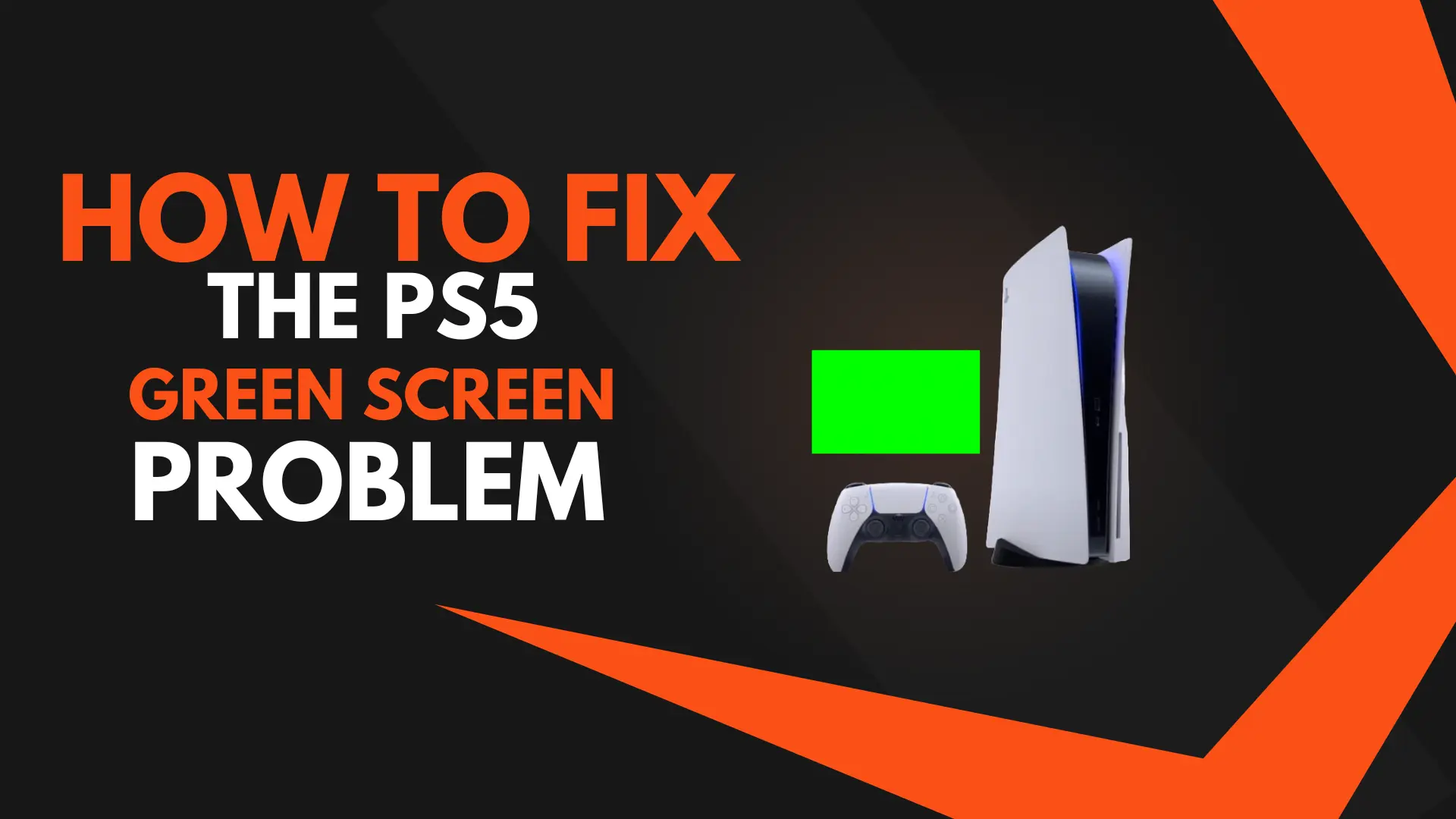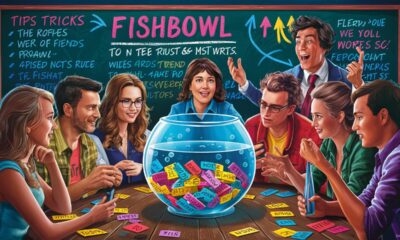Review
Tower of Fantasy vs Genshin Impact: A Comparative Guide for Open-World RPG Fans
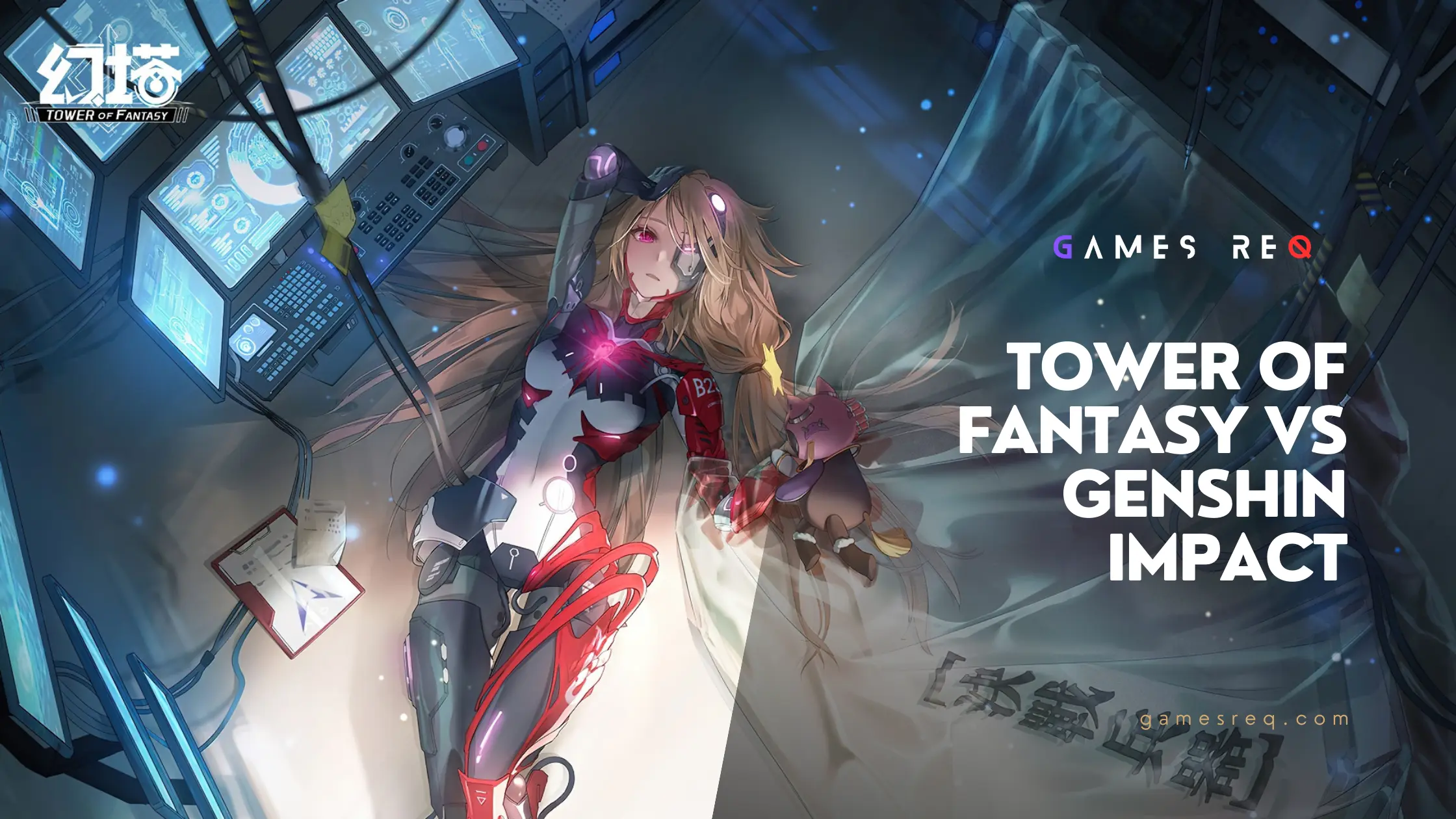
Tower of Fantasy and Genshin Impact have both made major splashes in the open-world anime RPG scene. With their gorgeous graphics and vast landscapes to explore, these games immediately draw comparisons. While they share some mechanics under the hood, Tower of Fantasy and Genshin Impact also diverge in key ways. This guide will break down the similarities and differences so you can decide which of these titans of the genre is the best fit for you.
Shared DNA: Where Tower of Fantasy and Genshin Impact Are Cut From the Same Cloth
Like long-lost siblings separated at birth, Tower of Fantasy and Genshin Impact have quite a bit of shared DNA encoded in their game systems.
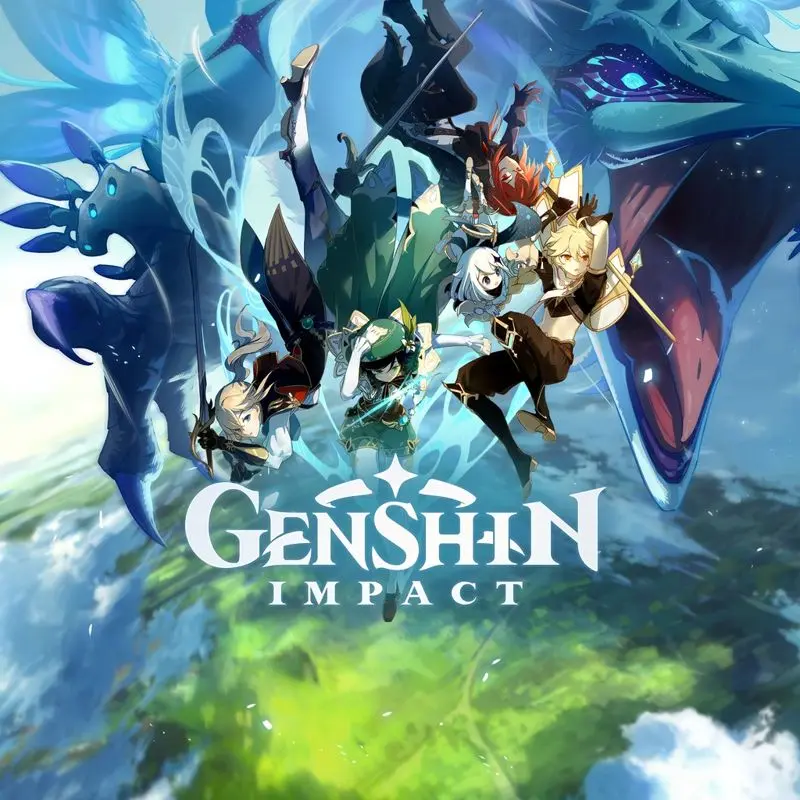
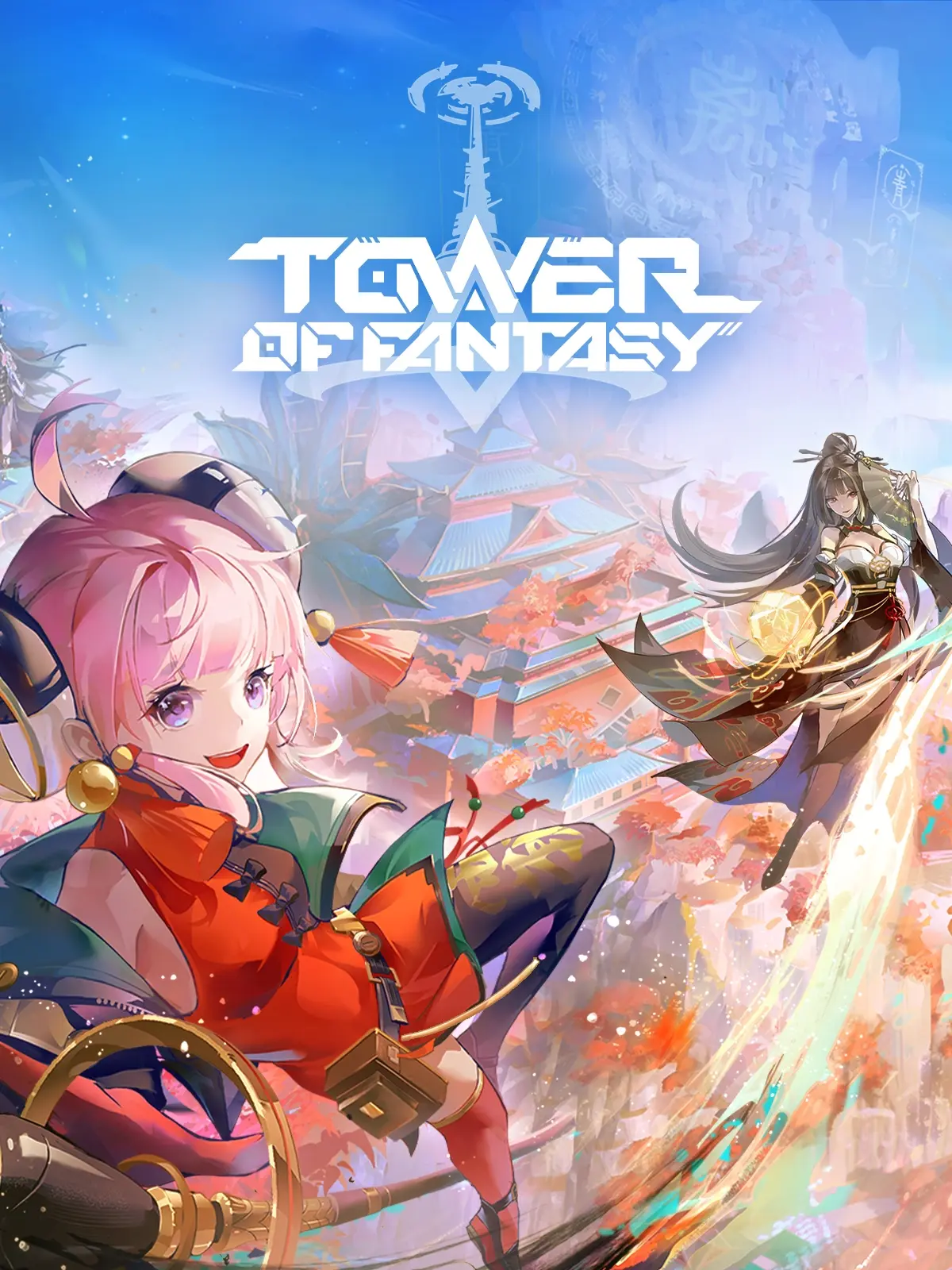
Stamina Systems That Keep You Moving at a Steady Clip
Both games incorporate stamina systems that limit how much you can climb, swim, sprint, and glide before your character becomes winded. This adds a layer of strategy to traversing the world. You can’t just endlessly scale mountains or swim across oceans without occasionally coming up for air.
Wide Open Worlds Dotted With Ominous Towers and Waypoints
The open worlds of these games are vast oases begging to be explored. Ominous towers dot the landscapes, offering fast travel points when activated. Waypoints also unlock routes across the biomes. Along the way, you’ll stumble upon wanderers, bustling cities, deep dungeons, and hulking world bosses.
Elemental Reactions Add Spice to Combat
Battles come alive thanks to elemental reactions. Mixing fire, water, lightning, or other elements creates explosive results. Finding combos that complement your playstyle provides a satisfying strategic layer.
Artifacts and Matrices to Boost Your Heroes
Both games offer equipment systems where you can equip artifacts or matrices to give your characters bonuses. Mixing and matching these for various stat boosts and set effects is key to maximizing your damage output.
Character Designs That Feel Like Long-Lost Cousins
Some of the characters in these games seem suspiciously similar. The brooding Diluc and fiery King could pass for relatives. And the bubbly companion characters Paimon and Mia might as well be twins!
Where the Games Diverge: Key Differences You Should Know About
Despite their similarities, Tower of Fantasy and Genshin Impact differ in some important respects. These key distinctions may tilt you towards one game over the other.
Gacha and Monetization – Tower of Fantasy Is More Free-to-Play Friendly
Tower of Fantasy has a more generous gacha system, where your pity doesn’t reset after getting a high rarity character. You also get more free currency compared to Genshin Impact. For budget-conscious gamers, this is a big perk.
Endgame Content – Tower of Fantasy Offers More Variety
Once you’ve explored the world and built your teams, what is there to do? Tower of Fantasy provides more robust endgame content with various modes to grind, like Bygone Phantasm and Void Rifts. Genshin Impact basically only has Spiral Abyss.
Story and World – Genshin Impact’s Is Far Superior
Let’s be real here. Genshin Impact’s story, music, and world-building are on another level compared to Tower of Fantasy. The environments are dripping with lore and a sense of history. Tower of Fantasy’s world feels more generic and grindy.
Exploration – Genshin Impact Makes It More Rewarding
Tied to the world-building, Genshin Impact makes exploration more rewarding thanks to better puzzles, hidden chests, and secrets to uncover. There is a sense of mystery and surprise to exploring. Tower of Fantasy’s world is comparatively flat.
Multiplayer and Social – Tower of Fantasy Leans In Harder
With customizable housing, shared open-world bosses, and PvP modes, Tower of Fantasy cranks the multiplayer aspects up a notch compared to Genshin Impact. For players craving an MMO feel, this social environment provides vibrant communities.
Overall Polish – Genshin Impact Sets the Gold Standard
At the end of the day, Genshin Impact is a remarkably polished product that oozes quality. The animations, voicework, writing, and sheer level of detail make it the undisputed king of anime RPGs right now. Tower of Fantasy, while still great fun, has some jankiness around the edges by comparison.
Unique Mechanics – Aerial Combat in Tower of Fantasy
One truly unique mechanic Tower of Fantasy introduces is the ability to take battles to the skies. While gliding around in Genshin, you’re basically a sitting duck. The aerial combat in Tower of Fantasy adds a thrilling new dimension.
Which Open World RPG Is Right For You?
So which of these anime-inspired paradises should you embark upon? Well, it comes down to your preferences as a gamer.
If you crave a best-in-class single-player experience and enjoy exploring lovingly-crafted worlds, Genshin Impact is likely the better bet. Its attention to detail and storytelling is simply top-notch.
But if playing socially and diving into endgame group challenges sounds more enticing, then Tower of Fantasy will probably click with you. Its robust multiplayer offerings cater well to players who want that MMO fix.
At the end of the day, these are both stellar titles that showcase the very best of what open-world RPGs can offer. With their rich worlds to delve into, whichever one you choose will provide hours upon hours of adventure. Just keep in mind their unique strengths and weaknesses, and you’re sure to have a blast.
Frequently Asked Questions
Which game has better waifus and husbandos?
This is a matter of personal preference! Both games offer diverse casts of memorable characters to fall for. Popular husbandos from Genshin Impact include Zhongli, Diluc, and Kaeya. For waifus, fan favorites include Ganyu, Hu Tao, and Raiden Shogun. In Tower of Fantasy, some sought-after waifus include Shiro, Tsubasa, and Samir. King, Crow, and Zero are popular husbandos.
Can you play Tower of Fantasy on PC?
Yes! At launch Tower of Fantasy was mobile-only, but a PC client was added shortly after. So you can now enjoy the full Tower of Fantasy experience on a bigger screen. Genshin Impact has had PC support since the beginning.
How do the battle passes compare?
Both games offer battle passes with free and premium tiers that award weapons, resources, cosmetics and other goodies as you gain XP. Tower of Fantasy tends to be more generous, but Genshin’s quality-of-life upgrades like condensed resin are handy. It mainly comes down to which reward tracks appeal to you more.
Is PvP supported in Genshin Impact?
Unfortunately not. Genshin Impact is strictly a PvE affair. All battles are against AI enemies. Tower of Fantasy introduces PvP modes like Apex League where you can test your mettle against other players for rankings and glory. If you crave direct competition, Tower of Fantasy better scratches that itch.
In Closing
Tower of Fantasy and Genshin Impact gift explorers with anime-inspired paradises brimming with adventures. Which one resonates with you comes down to your playstyle preferences. Genshin offers unmatched worldbuilding and exploration for solo gamers. Tower injects more multiplayer and aerial combat spice into the formula. Ultimately, we’re fortunate these AAA open-world RPGs exist to complement each other and push the genre forward. Just dive in and enjoy whichever incredible journey calls to you!
Review
Why Are PokeStops Yellow in Pokemon Go?

Have you ever been wandering around catching Pokémon in Pokémon Go and come across a mysterious yellow PokeStop? These brightly colored stops stand out from the usual blue ones dotted around the game map. When you see one it likely gives you pause, wondering what on earth is going on!
Well, wonder no more – this handy guide will explain everything you need to know about why some PokeStops turn yellow. We’ll cover what they mean, why they change color, how long it lasts, special events they are part of, and how to strategize when you spot one glimmering in the distance.
What Does a Yellow PokeStop Mean?
Let’s start at the beginning – what exactly do these yellow PokeStops signify when they pop up? Well, the main thing the bright yellow color signals is that another Pokémon Go player is actively using that particular PokeStop.
So it’s basically the game’s way of letting you know it’s currently occupied and to come back a bit later. Think of it like waiting your turn in line at the store. The yellow color is a visual cue that someone else got there right before you.
The yellow ring around the stop means you won’t be able to spin the photo disc center to collect your normal items like Pokéballs, potions, revives, eggs, and more. Those will have to wait until the other trainer finishes grabbing what they need.
This color change is temporary though, only lasting while the other player interacts with their phone at that spot. Once they close out of it, the PokeStop will shift back to blue again.
So in summary:
- Yellow PokeStop = another player is using it
- Can’t access items from that stop while yellow
- Color reverts when the player finishes
Pretty simple right? It’s just the game’s way of preventing multiple people from trying to tap on the same stop at the same time.
Why Do PokeStops Turn Yellow?
You might be wondering why PokeStops shift colors at all though, instead of just giving a message that it’s in use. Why make players pause and take note when they spot a vibrant yellow stop?
Well there’s a couple reasons for this:
- Fair Distribution: Having PokeStops turn yellow allows for more fair distribution of items. With visual cues, players know to wait their turn instead of clustered groups trying to tap at once. This maintains needed supply items for all users in the area.
- Polite Cue: The yellow color acts as a polite cue that another trainer is already there. This prompt allows players to exercise patience instead of getting annoyed that the stop isn’t working. It’s a friendly message to indicate “someone was here first, hang on a minute.”
- Efficiency: Changing stop colors also helps maximize gameplay efficiency. Players know not to waste time walking to and trying to tap on occupied stops. Instead they can focus efforts elsewhere until the stop is accessible again.
So in essence, consider yellow PokeStops as the game’s official signal to pause your stop-spinning efforts for a hot second out of courtesy!
How Long Do You Have to Wait at Yellow PokeStops?
A fair question when you come across an in-use yellow stop is “how long am I stuck here waiting?” Thankfully, you’re not looking at a crazy long line most times.
There’s no set duration that yellow PokeStops take to reset back to active status again. But from many players’ experience, it’s usually not longer than 30-60 seconds. Pretty quick!
The color change just lasts while the other gamer collects their dropped items, catches any attracted Pokémon, and closes out. Once they send that stop on its merry way, regular blue should reappear.
So if you see yellow, consider taking a breather, enjoying the scenery, and checking back in under a minute. Odds are good you won’t be stuck long before those helpful supply drops are available again!
Yellow PokeStops Signal Special Events
While yellow stops most often mean routine everyday use, they can also signify ongoing in-game events! Game-makers utilize the eye-catching color to indicate event stops. So yellow serves as an immediate cue to players that special activities are afoot.
During certain Pokémon Go events and storylines, yellow PokeStops increase wild spawns, supply different items, attract rare Pokémon, or unlock quest-based research tasks. It’s a great way for developers to direct your exploration and discovery to key points of interest.
Examples include:
- Increased spawns: Certain events feature yellow stops that spawned event-exclusive Pokémon frequently when tapped. Similar to how blue stops attract common monsters normally.
- Special items: Some storyline events had stops temporarily shift yellow to distribute special supplies. Like red, yellow, and blue shards players had to collect during the colorful Team Rocket takeover!
- New Pokémon: More recently, special golden yellow stops signify the monster Gimmighoul is lurking about during Paldean events! Activating one with a Golden Lure Module attracts this mysterious creature for a limited window.
So keep an eye out when yellow pops up—because exciting new encounters and exclusive goodies may coming your way! It’s a bright beacon guiding you toward animated adventures.
The Gimmighoul Connection
Let’s talk more about that special yellow PokeStop association with Gimmighoul. This unique Pokémon has an evolved mechanic requiring Gimmighoul Coins to trigger transformation. And yellow stops can help provide those!
Gimmighoul Coins are rare evolution-enabling items that sometimes drop when you spin golden stops. Using a Golden Lure Module increases odds. These precious coins then let you evolve a caught Gimmighoul into Gholdengo, counted in Pokédex numbers #999 and #1000!
So yellow stops represent rare opportunities during Paldean events to snag this limited evolution. Depending on the PokeStop location and items dropped, hanging around color-changed stops can seriously payoff for your collection!
Even if you don’t spot the elusive Gimmighoul, stockpiling some Coins for later provides serious bragging rights with these version exclusives. You may not see a golden stop for awhile, so pounce on those chances when spotted!
FAQ: Common Yellow Stop Questions
Still have some lingering questions around why weird color changes pop up suddenly? Check our yellow stop FAQs below for quick help:
What special items can you get at yellow stops?
During events: Event-exclusive items, evolution items like Gimmighoul Coins, special quest pieces
Normal gameplay: Same common items as blue stops once your turn comes around
Do all players see the stop as yellow, or only one person?
All players in the area will see that stop ringed in yellow when activated. It helps cue the entire crowd to pause spinning while in use.
Why don’t yellow stops show as occupied on the overall map view?
The color change only activates on close approach. This prevents cluttering the map constantly with temporary single-user visuals. Stops revert so quickly most times it’s not worth constant map overhaul.
Do I have to walk closer for my yellow stops to reset?
Nope! You can stay planted exactly where you are. The color will change back once the other player finishes collecting, regardless of proximity.
In Summary: Patience for Yellow Stops Pays Off
Hopefully this guide gave you all the details on yellow stop meaning and mechanics in Pokémon Go gameplay! To sum it up:
- Yellow rings indicate another player is actively using that PokeStop
- Change color temporarily while in use to cue waiting turn
- Stay attentive for special events signaled by yellow stops
- Gimmighoul and rare coins may lurk around golden stops!
- Never a long wait until accessible for you again
So don’t feel bummed when you spot a glimmering yellow stop in the distance. Just pause your approach, enjoy the suspense, and before long you’ll be back spinning for those key supply drops or rare discoveries! Respect for our fellow Pokémon trainers ensures fun gaming for all.
Review
What is the Best Graphics Card for $350-$400 in 2024?
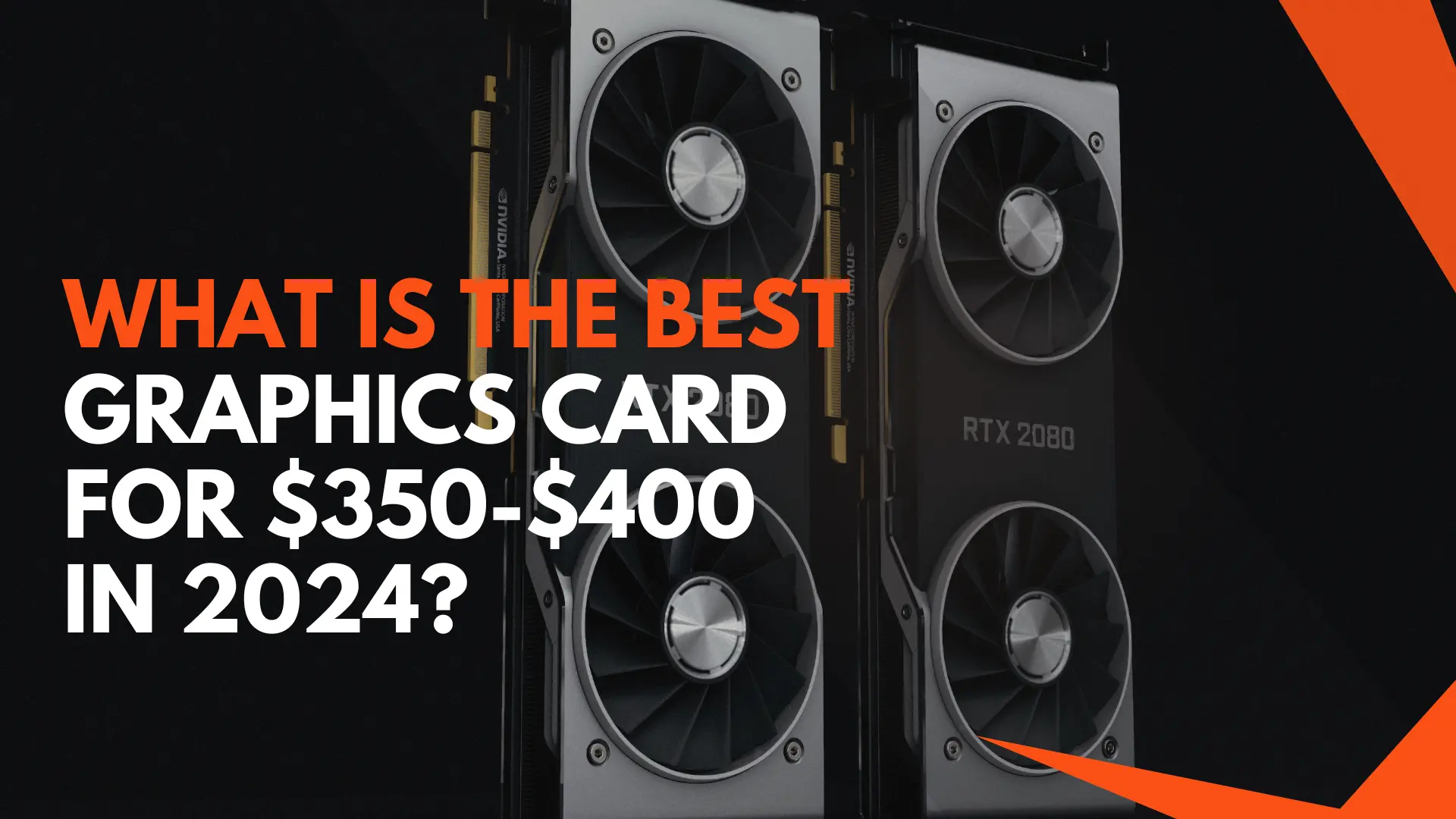
Key Takeaways:
- Used RTX 3060 Ti and RX 6800 XT offer tremendous value under $400
- New RTX 4060 and RX 7600 decent for latest features and architecture
- Intel Arc A770 stands out with 16GB VRAM
- Target smooth 1080p, playable 1440p gaming
When building or upgrading your gaming PC, picking the right graphics card can be tricky, especially if you’re on a budget. Getting the best bang for your buck is key to stretch those hard-earned dollars. I’ve built my fair share of rigs over the years, so let me walk you through some of the top options to consider in the $350-$400 price range as of 2024.
Used Cards Offer Excellent Value
If you don’t mind going the used route, you can score some serious horsepower for under 400 bucks. Nvidia’s RTX 3060 Ti and AMD’s Radeon RX 6800 regularly pop up on the secondhand market, sometimes even with warranty intact.
I managed to grab an EVGA RTX 3060 Ti off eBay for $380 recently. It had barely been used and worked like a charm. The 8GB of GDDR6 memory and beefy GPU encore provide killer 1080p performance and very playable 1440p frames too.
Scoring an RX 6800 for around $400 would be hitting the jackpot. This bad boy rivals the RTX 3070 with its 12GB VRAM buffer. Expect buttery smooth gaming, even in demanding titles. The best part is these used cards totally crush newer budget cards that cost more.
Just be sure to vet seller feedback and details carefully when buying used. But landing one of these gems will give your rig some serious muscle for less.
Latest Gen Cards – Middling Value
If you wanna rep team red or green with the latest RDNA 3 or Ada Lovelace graphics cards, the RX 7600 and RTX 4060 are around the $400 mark for brand new units.
AMD’s 7600 packs a respectable punch for 1080p gaming with its 8GB memory and revved up clock speeds from the new architecture. It’ll run laps around the previous gen 6600 XT. Plus it sips way less power – handy if you’re still rocking a 550W power supply.
Nvidia’s RTX 4060 may seem a bit light on VRAM at just 8GB, but features like DLSS 3.0, 5th gen Tensor and RT cores offset this. You’ll fly through 1080p and many 1440p titles thanks to frame generation and upscaling tech. The 4060 also brings AV1 encoding for streaming and efficiency gains from Ada Lovelace cores.
Ultimately though, these new-gen cards can’t quite match the absurd value that used flagships like the RTX 3060 Ti and RX 6800 provide. But if buying new for the latest architectures and features, they’re certainly not bad options.
The 16GB Intel Arc Contender
Finally, Intel crashing the dedicated GPU party with their Arc graphics cards has made things interesting in this price bracket. The Arc A770 is a standout here, packing a whopping 16GB of GDDR6 memory. This trounces Nvidia and AMD cards with only 8GB buffers.
Having that huge frame buffer allows the A770 to punch above its weight class for high resolution gaming. We’re talking smooth 4K potential if you don’t mind tweaking some settings. The card also chews through creative workloads like video editing and 3D modeling.
Now Arc and its drivers are still kinda fresh off the press, so some more optimization wouldn’t hurt. But assuming the drivers mature nicely, scoring an A770 under $400 would make for a productivity and rendering beast thanks to Intel cramming it full of encoding hardware.
Ideal Resolution Targets
Given their specs and pricing, used flagship cards like the RTX 3060 Ti and RX 6800 are best suited for flawless 1080p gaming and very playable 1440p. You’ll enjoy buttery smooth frame rates even in demanding titles with graphics maxed out. Makes me drool just thinking about it!
Newer budget cards like the 4060 and 7600 do admirably at 1080p, but can struggle a bit more driving higher 1440p resolutions in the latest games. Their 8GB buffers see them tapping out quicker compared to 12GB used flagships when textures and assets get dense.
Meanwhile the 16GB A770 has the VRAM muscle for solid 1440p and entry-level 4K provided the drivers and optimization is up to snuff. Fingers crossed Intel gets Arc to its full potential sooner than later!
Features to Keep in Mind
I’ll be upfront in saying raw performance for your dollar is paramount in this budget category. But that doesn’t mean features don’t matter! Having support for technologies like raytracing and upscaling helps boost visuals and FPS.
Nvidia’s DLSS and AMD’s FSR 2.0 give your chosen card a nice performance kick in supported titles – handy when chasing higher resolutions. These machine-learning algorithms smooth out frame rates without the big resource hit of brute-force rendering.
Meanwhile, real-time raytracing creates more realistic and immersive lighting, shadows and reflections by simulating the physical behaviour of light. Performance takes a sizable hit though, so lean on upscaling tech to counter this.
Encoder hardware found in NVENC and AMD AMF is beneficial too for streaming your slick game sessions to adoring fans. Intel’s media engine in Arc has tonnes of hardware for encoding/decoding also.
And don’t gloss over the card’s size, noise or outputs either. You’ll want sufficient ports for your monitor setup, plus the card being a thicc boi could limit your case options. Research thoroughly if going pre-owned!
Avoid Old Gen Cards
It can be tempting to save a few more bucks by looking at previous generation cards like the GTX 1060 6GB or RX 590. But unless you find an absolute steal under $300, I suggest avoiding older gen cards these days.
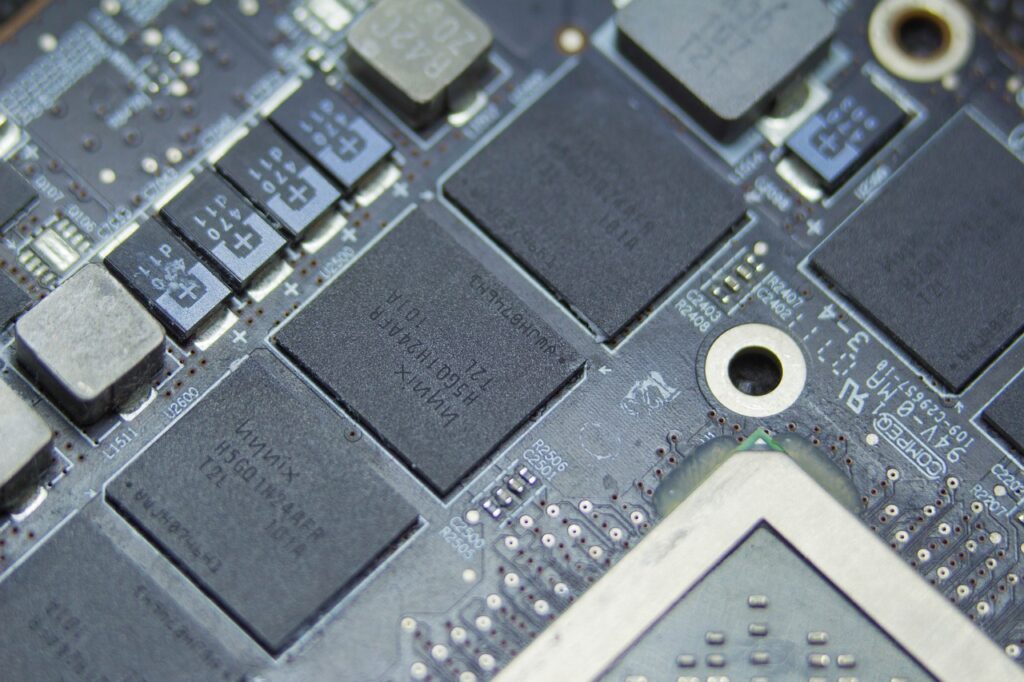
Modern titles demand more graphical horsepower, and new architectures like Ampere and RDNA 2 leave old Pascal and GCN in the dust efficiency-wise. Plus you’ll miss out on the latest rendering, lighting and upscaling tech that really elevates gaming visuals. Simply put, today’s games favor today’s GPU architectures.
Wrapping Up
Whew, that ended up being way more info than planned! But when that upgrade itch strikes, arm yourself with knowledge before swiping the credit card. There are fantastic options under $400 in 2024 – you just need to weigh up new vs used, raw performance vs features, etc.
I’m hopeful this overview helps you narrow down what’s best for your particular rig and usage. Let me know which card you end up going with or if you have any other questions down below!
Happy gaming 🙂
FAQ
What is the best used graphics card for under $400?
The RTX 3060 Ti and RX 6800 (XT) offer tremendous performance for under $400 on the used market. When bought secondhand, these cards often outpace newer budget cards that cost more. Just be sure to vet details carefully when buying used.
Should I buy a new budget card like the RTX 4060 or RX 7600?
The 4060 and 7600 are good mainstream options if you want the latest architecture and features. Performance is solid for 1080p gaming, but can struggle at higher 1440p resolutions compared to used flagships. They also sip less power and tend to run quieter than previous gen cards.
Is Intel Arc worth considering in this budget range?
The Arc A770 is notable for packing 16GB of VRAM for under $400 which helps significantly with high resolution gaming. Performance is competitive with Nvidia and AMD too. Just keep in mind Arc drivers are still maturing so optimization has room for improvement.
What resolution should I target with a sub-$400 card?
Used flagship cards like the RTX 3060 Ti and RX 6800 are great for smooth 1080p and very playable 1440p gaming. Newer budget cards excel at 1080p but can struggle to maintain high fps at 1440p in demanding titles. The 16GB A770 has potential for entry level 4K if drivers improve.
Should I consider older generation cards to save money?
Avoid older gen cards unless you find an exceptional discount under $300. Previous architectures like Pascal and GCN are much less efficient than today’s GPUs. Modern games also leverage new tech for better visuals that old cards lack, so best to stick to current or last gen.
Review
Is an RTX-3080 Still Good in 2023?
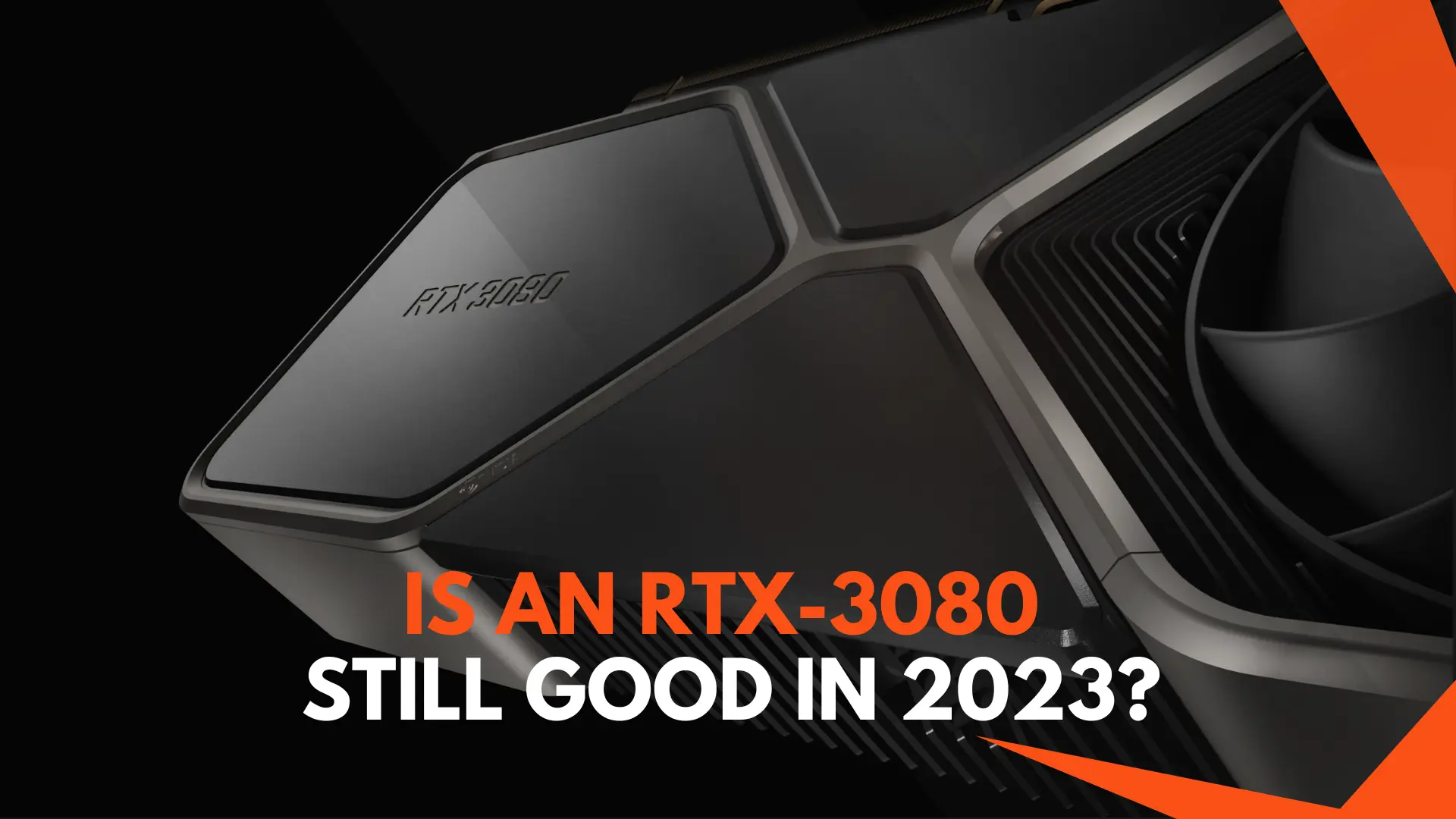
Key Takeaways:
- The RTX 3080 remains an exceptional 1440p and 4K gaming card in 2023
- It delivers high frame rates and enables immersive gaming experiences
- Ray tracing and DLSS provide enhanced visuals without compromising performance
- Excellent content creation capabilities for video editing, 3D modelling, etc.
- Still, great value, especially if found at discounted used prices
- Availability remains limited due to ongoing supply constraints
The Nvidia GeForce RTX 3080 was first launched in 2020 as a high-end graphics card for gaming enthusiasts. With specs like 8704 CUDA cores and 10GB of GDDR6X VRAM, it remains one of the most capable consumer GPUs. But with new graphics cards releasing all the time, is the venerable 3080 still worth buying in 2023? Let’s find out.
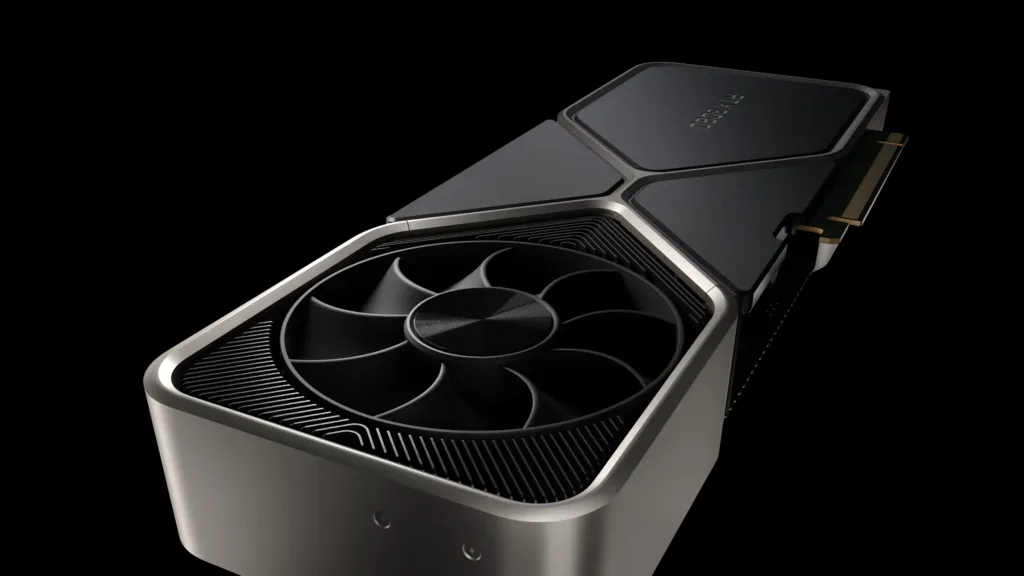
Still Delivers Blazing Fast 1440p and 4K Gaming
For those playing at 1440p resolution, an area where many dedicated gamers are, the RTX 3080 won’t break a sweat. It easily pushes high refresh rates above 100+ FPS for gorgeously smooth gameplay even in demanding titles with all settings maxed out.
Immersive open-world games like Cyberpunk 2077 and Assassin’s Creed Valhalla that cripple lesser cards are child’s play for the 3080 at 1440p. So you can crank everything to ultra and enjoy them as the developers intended.
The card also handles 4K gaming like a champ. While reaching the full 60 FPS at max settings in the most cutting-edge games may not always be possible, with some reasonable tweaks you’ll be able to enjoy stunning 4K visuals with buttery performance. Between the high resolutions and frames, it’s an incredible gaming experience.
So if you have a high refresh rate 1440p monitor or 4K display, the 3080 remains in a great position to feed them plenty of pixels for jaw-dropping visuals that are also wonderfully fluid and responsive thanks to the high FPS.
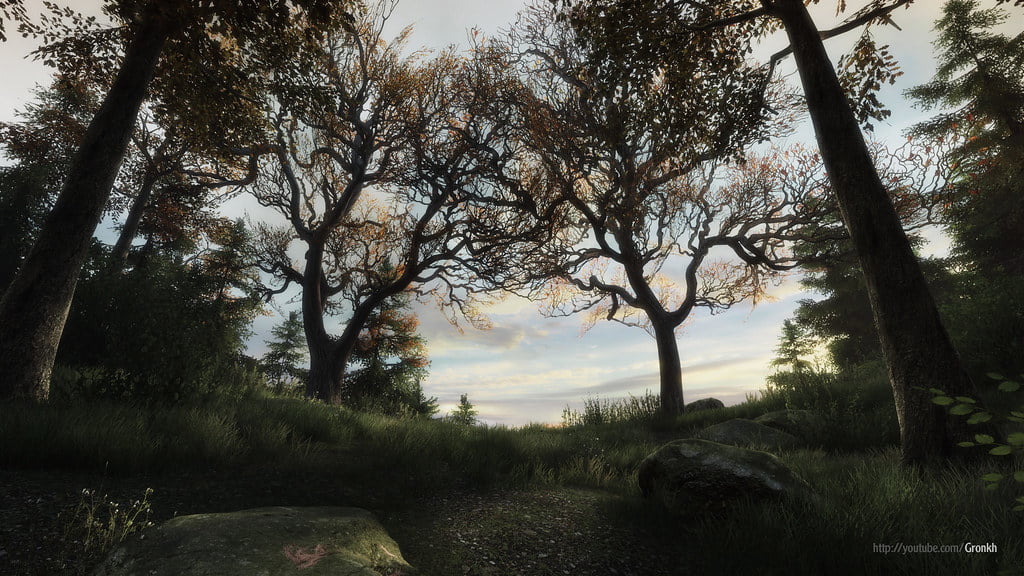
Ray Tracing and DLSS Provide Cutting Edge Visuals
As one of Nvidia’s RTX cards, the 3080 is armed with dedicated ray tracing hardware support. This enables advanced light rendering, reflections, and shadows in games for a huge leap in realism. Turning this on tanks performance if you lack the special cores though.
But the 3080 has enough brawn to handle ray tracing fairly well, allowing you to enjoy the immersive visual benefits without as big a performance penalty. Especially with help from DLSS rendering, which uses AI to boost frame rates.
DLSS is more important than ever, as it gives demanding games a free performance boost that lets the 3080 better handle cutting edge graphics options like ray tracing. Nvidia also continues improving DLSS so it looks even sharper.
Thanks to its beefy specs and hardware boosts via DLSS and ray tracing cores, an RTX 3080-equipped gaming rig remains capable of playing the latest titles with every bell and whistle turned on for incredible visuals paired with solid speeds.
Dominates Esports and Competitive Gaming
For esports and competitive gaming fans, frame rate is king. And the RTX 3080 delivers staggeringly high frame rates, even at max settings. We’re talking 360 FPS in Fortnite or 500 FPS in Valorant depending on your system.
This enables you to take full advantage of high refresh rate 240Hz or even 360Hz gaming monitors for incredibly fluid motion with responsive controls. Which can translate into better performance in multiplayer shooters and other twitch gaming titles.
So if you’re looking for no compromises speed for your favorite competitive games, the RTX 3080 is complete overkill in the best possible way. You could honestly get by with a lesser GPU and lowered visuals, but it’s sure nice to crush esports games at 1080p or 1440p ultra.

Still a Workhorse for Content Creation
Beyond gaming, Nvidia RTX cards also offer fantastic performance in creative applications like video editing, 3D modeling, and game development software that can leverage the GPU.
The RTX 3080 flies through tasks like rendering high resolution footage, manipulating complex Blender scenes, or building intricate game worlds with Twinmotion thanks to its ample CUDA cores and fast 10GB memory.
So game developers, animators, CGI artists and other creators will find the 3080 a faithful companion that massively accelerates workflow. Letting you spend more time creating rather than waiting around for progress bars.
Considering the still unmatched creative capabilities on offer, professionals can comfortably stick with a 3080 in 2023 rather than feeling pressured to upgrade for significantly better application performance.
Pricing and Availability – Buy Used for the Best Value
When it launched the RTX 3080 cost $699, but street pricing has been inflated well above MSRP since 2020 due to constrained supply and mining demand. In 2023, expect to pay $800 to $1,200 for retail models depending on promotions and models.
However, used RTX 3080 cards can provide much better value if you shop around. Pre-owned models tend to sell for $600 to $800 on eBay and r/hardwareswap, allowing you to get the GPU at a healthy discount. Just be sure to check the seller’s reputation.
Regardless of buying new or used though, getting your hands on one of these popular cards continues to require patience and persistence. The 3080 remains in short supply due to factors like pandemic related production issues and the demand spike from crypto mining (now winding down).
Retailers receive very limited and unpredictable restocks that sell out nearly instantly. So landing a 3080 still requires monitoring stock trackers, joining Discord groups, and a bit of luck.
The Verdict – Still Worth It For Most Gamers
The RTX 3080 manages to be an exceptional 1440p and 4K gaming card two and a half years after first hitting the streets. It runs modern titles incredibly well, shoulders cutting edge effects competently thanks to dedicated hardware, and enables you to crush competitive multiplayer games.
Unless you must have absolutely max settings and frame rates, or specific capabilities only offered in something like an RTX 4080, the venerable RTX 3080 remains a smart choice to build or upgrade a high end gaming PC with in 2023. Especially if snagged at an appealing used market price.
For most PC gamers and creators, the RTX 3080 still hits a great balance of performance versus cost. Allowing you enjoy all that gaming and graphics applications can offer without completely breaking the bank. It may not have the shine of brand new hardware, but remains plenty capable and compelling.
FAQ
Q: How does the RTX 3080 perform for 1440p gaming?
The RTX 3080 delivers outstanding 1440p gaming performance. It provides very high frame rates over 100 FPS even in demanding titles with max settings, enabling incredibly fluid gameplay. The 3080 is built for smooth ultra visuals at 1440p.
Q: Can the RTX 3080 handle ray tracing and DLSS?
Yes, the dedicated ray tracing cores in the RTX 3080 enable realistic real-time ray traced lighting and reflections without tanking performance, especially when paired with DLSS. Its AI rendering boosts frame rates further, letting you max graphics.
Q: Is the RTX 3080 still good for content creation in 2023?
Absolutely. With its high CUDA core count and fast GDDR6X memory, the 3080 blows through video editing, 3D animation, game dev software, and other creative applications. It remains one of the best GPUs for accelerating workflows.
Q: Where can I find an RTX 3080 for a reasonable price?
Your best bet is checking used marketplaces like eBay and r/hardwareswap for second hand RTX 3080 cards, which tend to sell for $600 to $800. Much cheaper than current inflated retail pricing. Just ensure the seller has good feedback.
Conclusion
Even after newer graphics cards have launched, the venerable RTX 3080 still stands tall as a top notch GPU for high end gaming and content creation. It continues delivering excellent 1440p and 4K gaming experiences while outpacing lesser cards in creative applications – especially at discounted used pricing.
For most gamers and creators, the RTX 3080 strikes a superb balance between price and performance. Making it easy to recommend sticking with even in 2023 rather than feeling compelled to upgrade to something newer but substantially more expensive like the 4080. Unless you absolutely must have the highest frames and settings, the 3080 remains a smart choice.

 Games Like2 years ago
Games Like2 years agoBest Games Like Unblocked Games 77 | Top Alternatives

 Gaming1 year ago
Gaming1 year agoFree Fire Best Sensitivity Settings For Headshot

 Top 102 years ago
Top 102 years agoThe Top 20 Android Horror Games to Play with Friends

 Game Room Ideas10 months ago
Game Room Ideas10 months ago52 Incredible Game Room Ideas to Elevate Your Home Entertainment

 Tutorials2 years ago
Tutorials2 years agoHow to Fix the PS5 Green Screen – Tips To Try

 Tutorials11 months ago
Tutorials11 months agoHow to Play Fishbowl Game: Rules, Regulations, and Tips

 Top 1011 months ago
Top 1011 months ago10 Best Offline Mobile Games For Long Car Rides 2024

 Tutorials11 months ago
Tutorials11 months agoYandex Games Progress Lost? Here’s How to Recover and Prevent Future Issues








